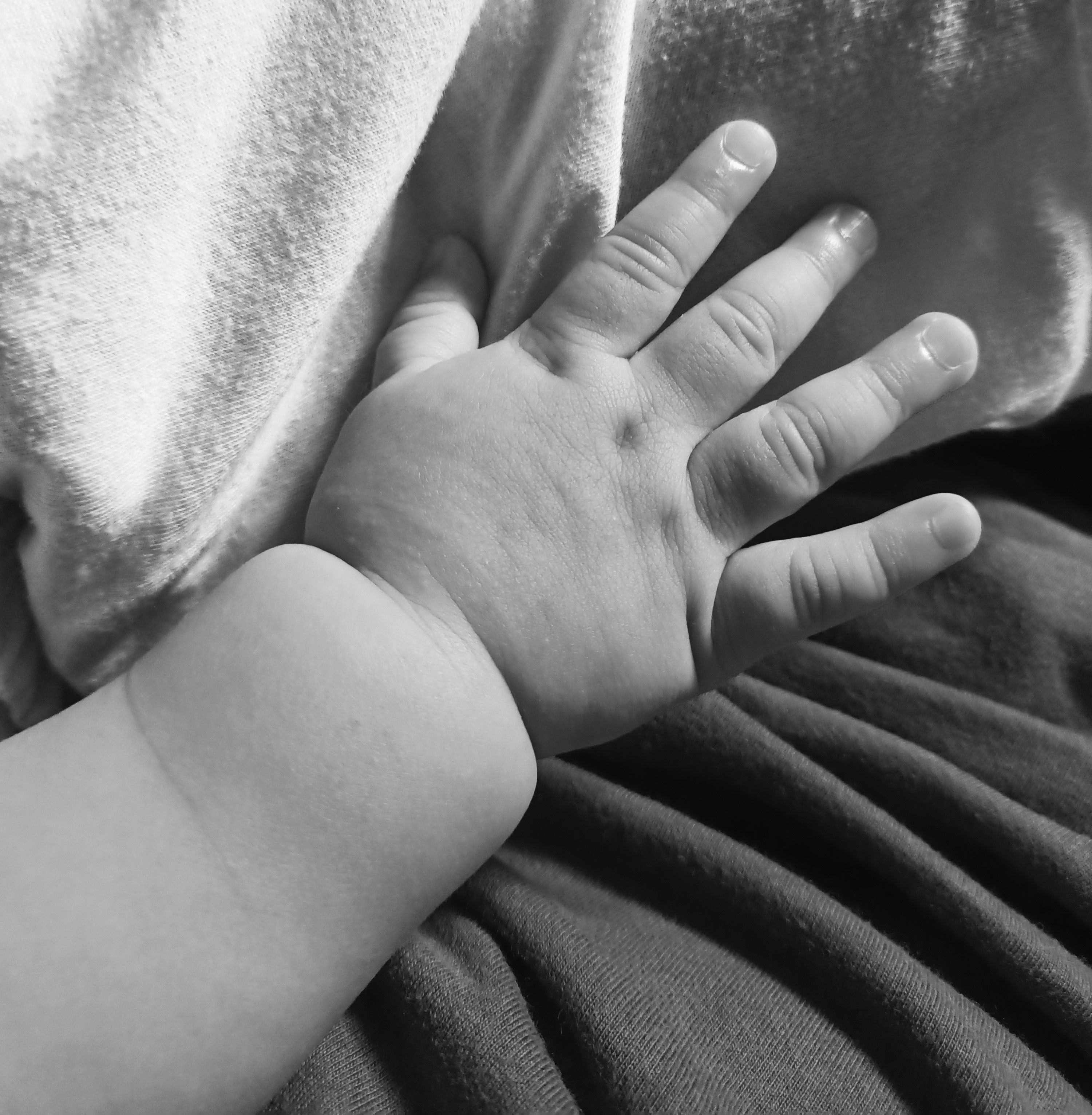DOH urges immediate action, vigilance following death of 6-month-old baby due to 'heatstroke'
Following the reported death of a six-month-old baby due to "heatstroke," the Department of Health (DOH) on Monday, May 6, reiterated its call for vigilance --- especially among parents and guardians.

DOH Assistant Secretary and Spokesperson Albert Domingo, during an interview with TeleRadyo Serbisyo, said that the reported death of the infant due to heatstroke was "possible" amid the intense heat experienced in many areas nationwide.
"Actually, we did ask our epidemiologic and surveillance unit, the immediate cause of death written on the [six-month-old baby's] record is respiratory failure unspecified," Domingo said.
He also noted potential factors contributing to the cessation of breathing or the onset of respiratory failure.
"We're not yet sure if that's the case [heatstroke] pero hindi naman natin agad niru-rule out na baka init ang dahilan nito (but we're not immediately ruling out that heat might be the cause)," Domingo explained.
He elaborated on the numerous factors that could precipitate respiratory failure, complicating the attribution of heat as the sole cause.
Meanwhile, in response to a question about whether a six-month-old baby can suffer from heatstroke, Domingo said: "Definitely, 'pag sinabing extremes of age, 'yung mga batang bata saka 'yung ating mga lolo at lola, sila 'yung usually tinatamaan ng heatstroke (when we talk about extremes of age, such as very young children and our elderly, they are usually the ones affected by heatstroke)."
He highlighted the vulnerability of infants and the elderly to heat-related illnesses, attributing this susceptibility to behavioral factors that hinder their ability to mitigate exposure during hot weather.
"Ang pinakamagandang indicator sa anumang sakit, sa bata ay tignan natin kung ang aktibidades ay normal pa. Ang mga magulang typically mas kabisado nila kung ano ba ang takbo ng araw sa kanilang mga musmos (The best indicator for any illness in a child is to observe if their activities are still normal. Typically, parents are more familiar with the usual behavior of their little ones)," he said.
Domingo added: "Kung napapansin natin na parang 'di pa sya nagigising or medyo parang mas madalas 'yung tulog o mas mahaba, nag iiba 'yung cycle ng tulog nya at pahinga, senyales ito (If we notice that the child seems to be sleeping more than usual or the sleep/rest cycle is changing, these are signs)."
Furthermore, Domingo advised parents to pay close attention to infants' breathing rates, cautioning against both excessively rapid or slow respiration, and to seek immediate medical assistance if any irregularities are detected.
"Pero kung sobrang bilis o sobrang bagal, or pati pulso ay pakinggan natin. Kung parang humihina or bumibilis ay tumawag na tayo ng tulong (But if it's excessively fast or slow, or if the pulse is irregular, we should also listen to that. If it seems to weaken or speed up, we should call for help)," Domingo said.
In terms of initial response measures, Domingo stressed the urgency of contacting medical professionals and transporting the child to a healthcare facility promptly.
He cautioned against traditional methods such as immersing babies in water, advocating instead for the use of damp towels and ensuring adequate ventilation to facilitate temperature regulation.
"Sa baby pwede nating lagyan ng tuwalya na basa pero huwag ibabad dahil remember maliit ang katawan ng bata at mas mabilis 'yung adjustment nito sa temperature (For babies, we can wrap them in a damp towel but avoid immersion because remember, a baby's body is small and its temperature adjusts more quickly)," he said.
Domingo also stressed the importance of encouraging breastfeeding as a means of hydration for infants in distress, noting the fluid nature of breast milk.
"Kung gising pa ang bata o kaya pang magbreastfeed ay i-encourage natin iyon dahil ang gatas ng ina, 'yan ay liquid din so hydration pa rin 'yan (If the baby is awake or still able to breastfeed, we should encourage that because a mother's milk is also liquid, so it's still hydration)," he explained.
As part of the initial treatment, Domingo recommended relocating the baby to a cooler environment to alleviate symptoms and mitigate further complications.